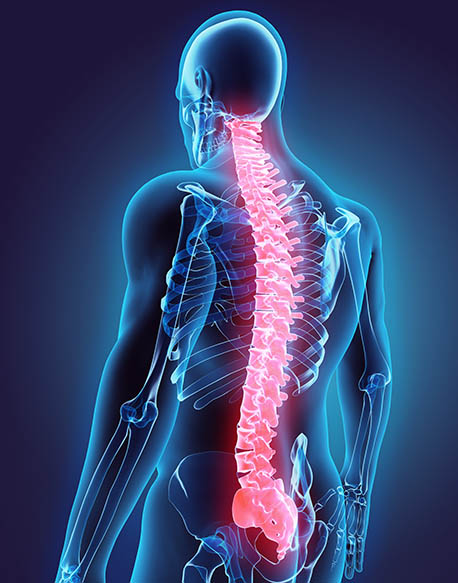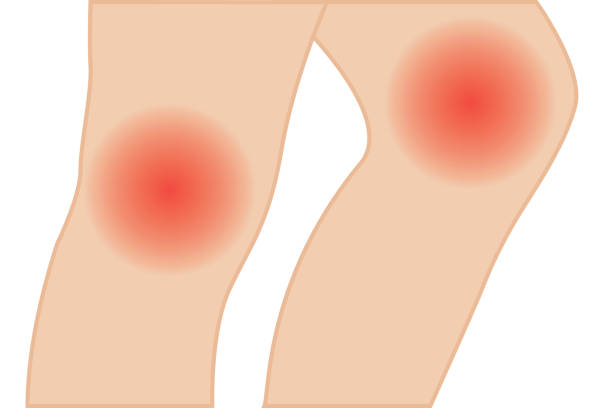



In the realm of orthopedic solutions, back braces stand out as indispensable tools for individuals suffering from various spinal issues. Whether it’s chronic back pain, postural problems, or recovering from an injury, back braces play a vital role in providing the much-needed support and stability. In this comprehensive guide, we will unravel the intricacies of back braces, exploring their types, benefits, and how they can significantly enhance the quality of life for those in need.
Understanding the Basics: Types of Back Braces
Back braces come in different types, each designed to cater to specific spinal conditions. One common type is the corset brace, which wraps around the lower back and abdomen, offering support to the lumbar spine. It is often prescribed for individuals recovering from surgeries or dealing with conditions like herniated discs. TLSO (thoracolumbosacral orthosis) braces, on the other hand, cover a larger portion of the spine, extending from the thoracic region to the sacrum. These braces are crucial for individuals with scoliosis or kyphosis, providing comprehensive support to the entire back.
The Benefits of Back Braces
One of the primary benefits of back braces is pain relief. By stabilizing the spine and reducing pressure on affected areas, back braces alleviate discomfort significantly. They also promote proper posture, which is vital for spinal health. Maintaining correct alignment not only reduces pain but also prevents further injuries. Moreover, back braces aid in rehabilitation after surgeries or injuries. They restrict movements that could hinder the healing process, allowing the affected area to recover effectively.
Enhancing Quality of Life
Living with chronic back pain can severely affect one’s quality of life. Simple tasks become challenging, and the constant discomfort can lead to emotional distress. Back braces act as a beacon of hope for individuals grappling with such conditions. By providing the necessary support, these braces enable people to regain their mobility and independence. They can participate in daily activities without the fear of aggravating their condition, fostering a sense of normalcy and confidence.
Choosing the Right Back Brace
Selecting an appropriate back brace is crucial for its effectiveness. Consulting a healthcare professional or orthopedic specialist is the first step. They can assess the specific condition, considering factors such as the location and severity of the problem. Customization is key. A well-fitted back brace ensures maximum support and comfort, making it more likely for the individual to wear it consistently, which is essential for the desired results.
Caring for Your Back Brace
Proper maintenance and care are essential to prolong the life of a back brace. Regular cleaning, as per the manufacturer’s instructions, is vital to prevent odors and bacterial growth. Inspecting the brace for any signs of wear and tear is equally important. Any damaged parts should be repaired or replaced promptly to maintain its efficacy. Additionally, following the prescribed wearing schedule is crucial. Wearing the brace for the recommended duration ensures that the muscles don’t weaken due to over-reliance on external support.
Conclusion
In the intricate tapestry of spinal health, back braces emerge as powerful threads, weaving together support, relief, and enhanced well-being. Their role in alleviating pain, promoting proper posture, and aiding in rehabilitation is unparalleled. By understanding the nuances of back braces and their impact on spinal support, individuals can make informed decisions about their orthopedic needs. With the right back brace and proper guidance from healthcare professionals, the journey toward a pain-free, active life becomes not just a possibility but a tangible reality.
Search Articles
Latest Articles
28th Feb, 24
23rd Feb, 24
20th Feb, 24
15th Feb, 24
13th Feb, 24

 888-616-4156
888-616-4156 



 28th Feb, 24
28th Feb, 24 


